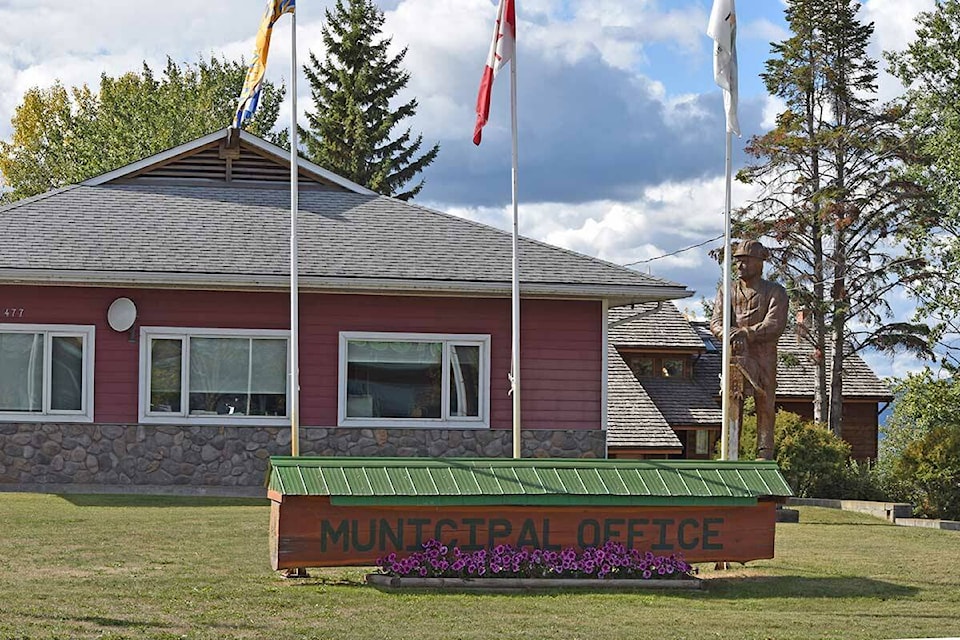Fort St. James Mayor and Council will be revisiting the Community Wildfire Resiliency Plan in the new year.
Nicholas Soverel with Frontera Solutions Inc. provided a brief overview of the 90-page report at a regular council meeting Tuesday, Dec. 14.
“I commend the district for taking action with a plan and looking at this plan as a way of making change in the community for really the next ten years,” Soverel said, noting there has been unprecedented loss over the past few years in B.C.
The plan, according to Soverel, looks at action the District of Fort St. James and the community can take to reduce their risk from forest fire.
Those actions, he said, are primarily based on the seven disciples of FireSmart, including education, legislation and planning, development consideration, inter-agency cooperation, cross-training, emergency planning and vegetation management.
“The first and really the highest risk is that most structures in the community, whether they’re critical infrastructure or homes, would be rated high or extreme in terms of fire smart hazard ratings,” Soverel said.
“This essentially means that homes and the vegetation around the homes are more flammable than they should be.”
Another key component of FireSmart directly relates to the building material and its ability to burn and ignite.
Soverel said an issue province-wide but particularly in sub-boreal and northern communities is ember showers in which embers from hot-burning fires kilometers away land on non-fire-proofed homes or vegetation.
Read More: Indigenous report calls for change in B.C. wildfire response, recovery
There were 19 volunteer firefighters at the time Soverel interviewed the Fort St. James Fire Department.
“What we found was that most of the volunteer firefighters are not trained yet in wildfire fighting or initial wildfire attack,” he added, noting one of the significant recommendations is additional training of staff.
Another risk is the district does not currently have a specific evacuation plan. Soverel said that while planning is occurring with the regional district and other government bodies, he believes it is essential to consider hiring a consultant to write an evacuation plan.
“The final risk that we determined is that the district has one main supply of electrical power,” he said.
“We have no or very few backups, so if this main power supply were to go out, then the district could be at risk of losing power throughout the community, and this could lead to serious issues with communication or with people being under evacuation alert.”
Mayor Bob Motion said the plan circles back to the district needing a FireSmart coordinator.
Fire chief Ryan McVey confirmed they are waiting on funding approval for the position as well as S-100 training and fire-smarting of critical infrastructure, and said he has completed fire-smart training through BC Wildfire Service and FireSmart BC.
Soverel said the district is eligible to apply for funding up to $150,000 in 2022 and recommended the district apply for as many funds as possible.
Motion requested the Community Wildfire Resiliency Plan be revisited in the new year. “There’s too much material here for us to absorb this in the timeline that we’ve got,” he said.
“From a council perspective, I would want to have a report from both administration and fire chief reflecting the contents of this and how they see implementation.”
Read More: ‘Trying to tell us something’: Climatologist says 2021 a weather year like no other
Do you have a comment about this story? email:
rebecca.dyok@quesnelobserver.com
Like us on Facebook and follow us on Twitter.
